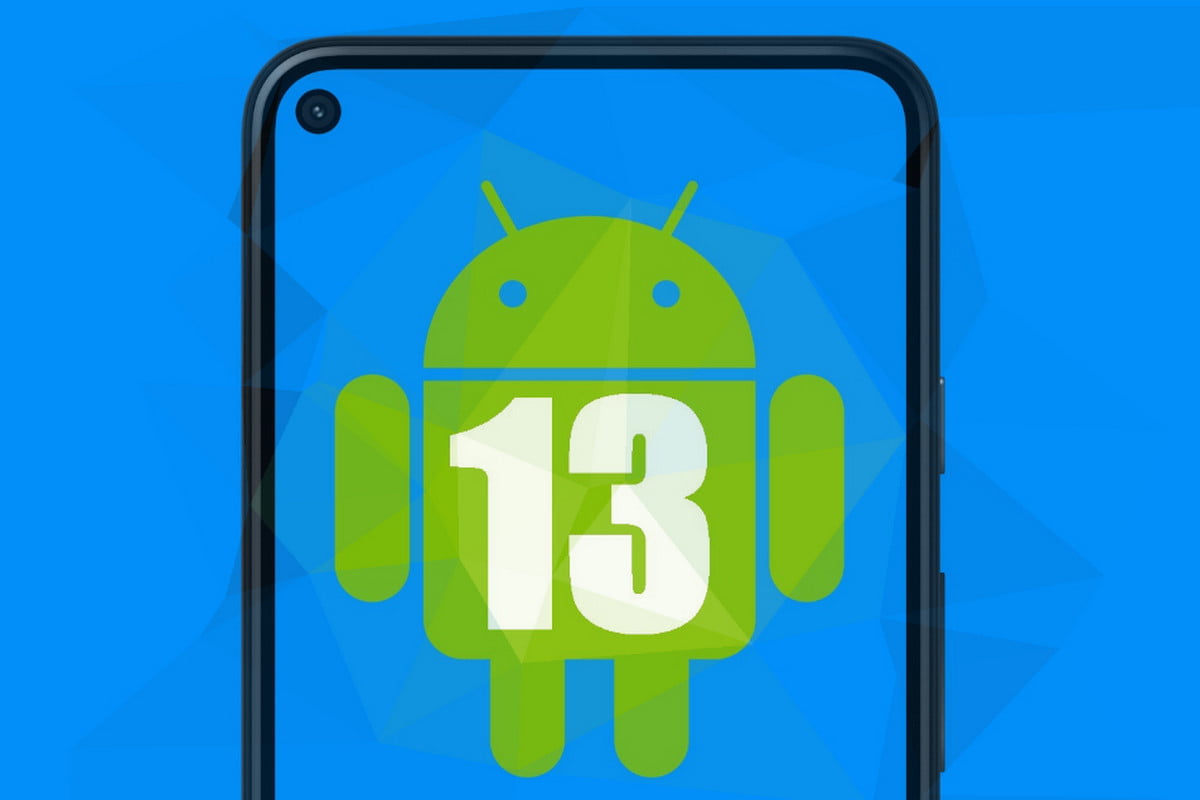
It’s official, Android 13 is closer than you thought. First of all, Google has rolled out the Android 13 developer preview is out and it has been out for some time now. Secondly, the latest Android version is packed with exciting new features and yes we would be taking a peep into some of its new features. These new features include the dynamic theming for third-party app icons, new privacy features, improved language controls, automatically clearing clipboards, improved screen savers, and a Quick Tap flashlight toggle with new brightness controls. In addition, recent reports suggest that Android 13 will also include another flashlight-related feature that has been available on iPhones for a while.
According to reports making rounds online by Esper’s Mishaal Rahman, suggests that Android 13 introduces two new APIs to the CameraManager class — getTorchStrengthLevel and turnOnTorchWithStrengthLevel. The first is guaranteed to return the current brightness level of the flashlight, while the second offers a controlled setting as bright as the hardware supports. Together these new APIs will give users the ability to control the brightness of the flashlight, while the other would be handy in other scenarios instead of just being able to toggle it on and off.
Despite the brightness-control feature advantages the Android 13 presents, it’s imperative to note that some devices running the OS may not capable of taking the advantage. Well, this may be as a result of numerous limitations the camera hardware abstraction layer (HAL) imposes. According to Rahman, older versions of the camera device HAL do not mention brightness control as part of their flashlight control functions. However, it seems that a later version spotted in the Android 13 Developer Preview for the Pixel 6 Pro will support the two new APIs. What this then signifies is that other OEMs will have to implement the new camera HAL version before flashlight brightness controls can be taken advantage of. Also, on the other hand, devices launching with Android 13 out of the box will likely support this feature — that is, assuming Google mandates newer camera HAL version support in its currently still-not-finalized vendor software requirements (VSR) for Android 13.

To offer the feature, OEMs will have to implement version 3.8 of the camera device HAL in their Android 13 release. And whether OEMs implement version 3.8 or not will depend on the requirements laid out in the vendor software requirements (VSR) for Android 13, which Google is yet to finalize. If users whose devices are Samsung or Apple, they have probably been adjusting their flashlight since as far back as the Stone Age. But with Google infusing it into Android 13, other Android manufacturers should be able to easily implement it natively, rather than as a custom addition.
For the new privacy features, Android 13 will bolster these privacy settings. According to Google’s Android Developers blog, Android 13 will include a photo picker. What this simply means is that when certain apps require access to your images and videos users now have the ability to select specific media files to share instead of granting access to all of them. Android has already introduced a document picker that permits the same thing.
The Developers blog has also reported that the Android 13 will add an upgraded design with more colour options and even more colour customization to Material You. In Android 12 the Material You redesign was the star of the show featuring UI colour schemes that automatically adjust with respect to the type of wallpaper users select. Taking a look at Android 12, only Google apps were permitted to work with the adjustable colour palette feature. But for Android 13 it’s different as the colour palette feature has been expanded to all apps, provided the apps’ developers agree to design alternate icons that are monochromatic. In addition, rumour has it that Android 13 will provide users with more options for colour customization. Among these are “spritz,” a desaturated version of the colour scheme, and “expressive,” which incorporates hues differing from those that come by default with your wallpaper selection.
Although, the specific release date for Android 13 has not been publicly discussed by Google, however, the Android Developers blog provides a rough timeline for the rollout. Google will release a second developer preview this March, and then beta is expected to come out every month through July. The beta in July would be the “near-final build for final testing.”
Judging by the roller out of the subsequent versions of the Android, Android 13 may likely debut a month after the final beta. A close look into Android 12, fifth and final beta was released in September 2021, and in October it was officially released by Google. A look at Android 11 (2020) and Android 10 (2019), the final betas dropped in August, and the OS hit phones in September. So we can reasonably assume that Android 13 will debut in August this year, if it doesn’t happen, September is a safe bet. Keep in mind again that Google ensures the Android updates are first seen on Pixel phones first. So it is most likely we see a Pixel 7 with Android 13 before others.
Discover more from TechBooky
Subscribe to get the latest posts sent to your email.













